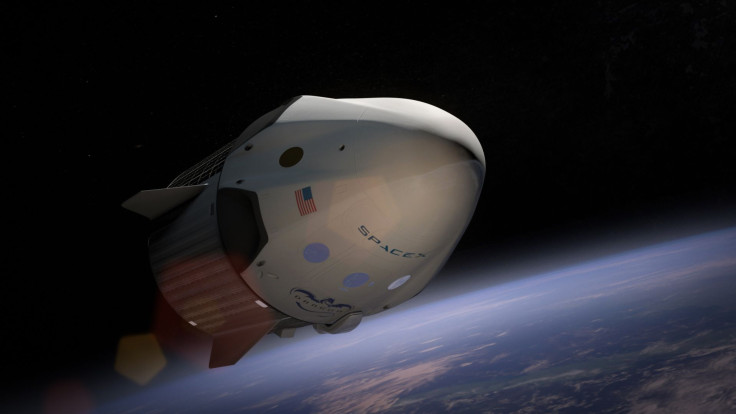SpaceX’s Red Dragon Mission To Mars Likely To Cost Over $300M, NASA Official Says

Earlier this year, Elon Musk’s SpaceX announced an ambitious plan to send its first uncrewed Dragon capsule to Mars as early as 2018. Now, a senior NASA official has provided a ballpark estimate of what this mission is likely to cost — $320 million.
“They [SpaceX] did talk to us about a 10-to-1 arrangement in terms of cost — theirs 10, ours 1,” Space News quoted Jim Reuter, deputy associate administrator for programs at NASA’s space technology mission directorate, as saying. “I think that’s in the ballpark.”
Reuter estimated that NASA is likely to spend approximately $32 million on the mission, which is likely to provide invaluable data for future missions to the red planet. Additionally, if the uncrewed Red Dragon test is successful, it will pave the way for NASA to use the spacecraft for manned missions to Mars — which it aims to undertake sometime in the 2030s.
NASA will spend $6 million of the $32 million — most of which will be spent on salaries of employees who provide technical support to SpaceX — this fiscal year, Reuter said.
Musk has been a vociferous supporter of humanity’s aim to colonize Mars — terming it a kind of insurance against human extinction. The main aim of the Red Dragon mission is to lay the groundwork for these colonies.
“I think there is a strong humanitarian argument for making life multiplanetary,” Musk said in an interview with Aeon magazine in September 2014. “In order to safeguard the existence of humanity in the event that something catastrophic were to happen, in which case being poor or having a disease would be irrelevant, because humanity would be extinct.”
One of the key challenges any spacecraft seeking to make a soft landing on Mars would face is that the thin atmosphere of the red planet provides barely any air resistance. This challenge would be massively amplified when SpaceX tries to land the Red Dragon capsule, which — at between 8 to 10 tons — would be the heaviest payload ever sent to Mars.
In order to increase the chances of success, the Red Dragon would rely on propulsive landing — wherein thrusters will fire against the Martian ground during descent — rather than parachutes.
Recently tested Dragon 2’s SuperDraco propulsive landing system at our McGregor, TX facility. Key for Mars landing pic.twitter.com/dV1nhKDMhr
— SpaceX (@SpaceX) April 27, 2016
“We determined there was a reasonable likelihood of their concept being a successful mission,” Reuter told Space News. “We thought our expertise would enhance that.”
As of now, SpaceX has not released an official estimate of how much the Red Dragon mission will cost. Musk is expected to provide further details about his plans for Mars colonization in September.
© Copyright IBTimes 2024. All rights reserved.












